
With the advent of e-commerce and the global rise in online shopping the penetration of counterfeit goods has increased in the supply chain deriding the original companies.
The reason behind counterfeit goods reaching the consumers so easily is the fact that now the orders are being placed online and these goods can be easily shipped through unauthorized agents.
This is because every supplier is currently working with a group of sub-suppliers who in turn sourced from local suppliers.
When the suppliers are many and unauthorized, they can easily channel counterfeit goods through fake labeling of products, using unregulated inferior materials to manufacture those products, and using or copying other trademarks inappropriately.
Furthermore, in developing countries where the entire trade activity is still unorganized, and consumers have less purchasing power the counterfeit goods often become a favorite choice as they want the branded apparels/gadgets at a lesser price and are ready to compromise on the quality, right?
Counterfeit Goods can essentially do the following damage
If the product is of industrial significance or related to automobile, then these parts jeopardize the safety of consumers and also give poor performance. Since the counterfeit goods often do not come under the tax bracket, the economy loses potential revenue.
There are real instances wherein extreme losses have occurred only because of the use of counterfeit goods. For example, the Patnair Flight 384 witnessed a significant crash leading to 30+ deaths because the tail section had failed to owe to fake parts being bolted up which could not bear the air pressure.
Similarly, a high profile investigation in the US Army revealed that there were more than 1700 cases of counterfeit goods involving a million fake parts being used by the American military.
How can you counter Fake Goods?
On one hand where technology has flourished e-commerce and led to the counterfeit goods penetration in the supply chain whereas, on the other hand, it has also enabled companies to take strict security measures to ensure the authenticity of their goods and services.
There is software which may help you to track the entire movements of your goods throughout the supply chain. You may also use barcodes and unique serial numbers to validate the authenticity. You can also use various anti-counterfeit tools such as the Quantum Dots, DNA signature, Shape memory polymers, and Anti-erasing ink to ensure authenticity.
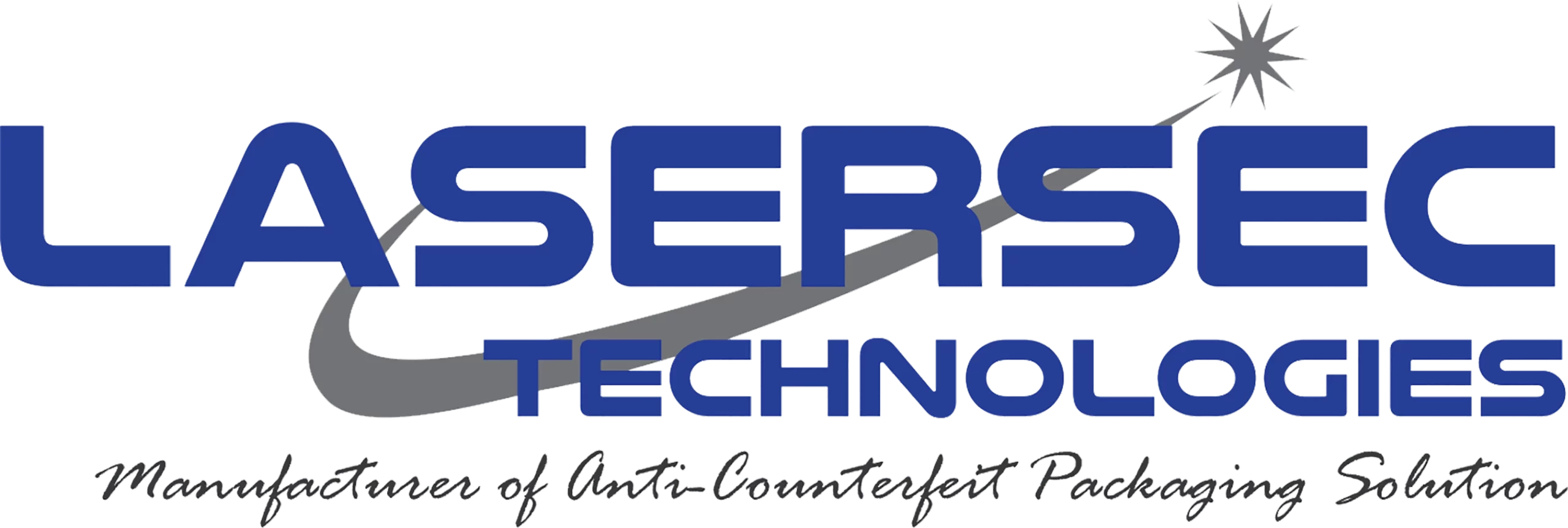





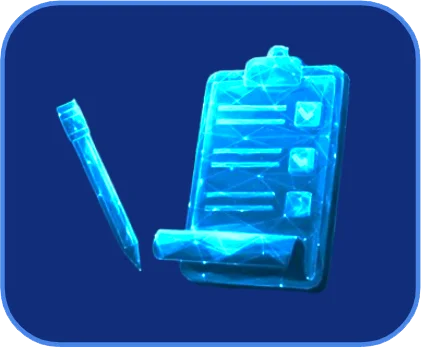



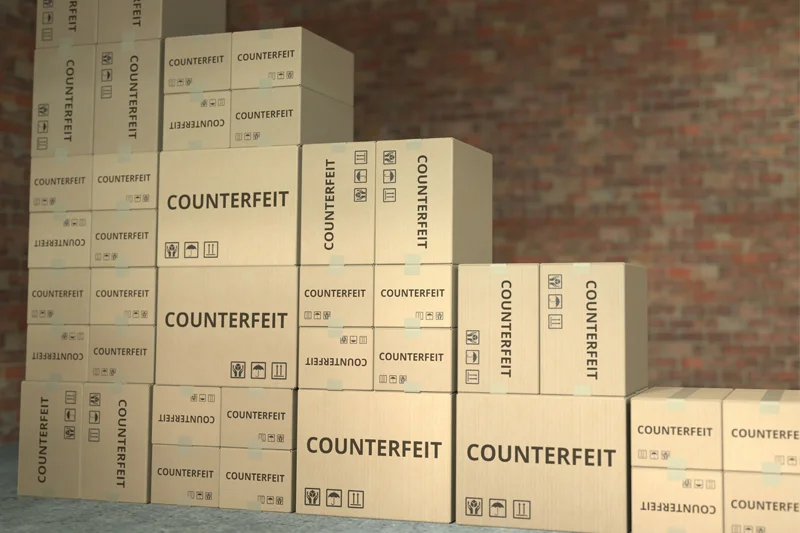
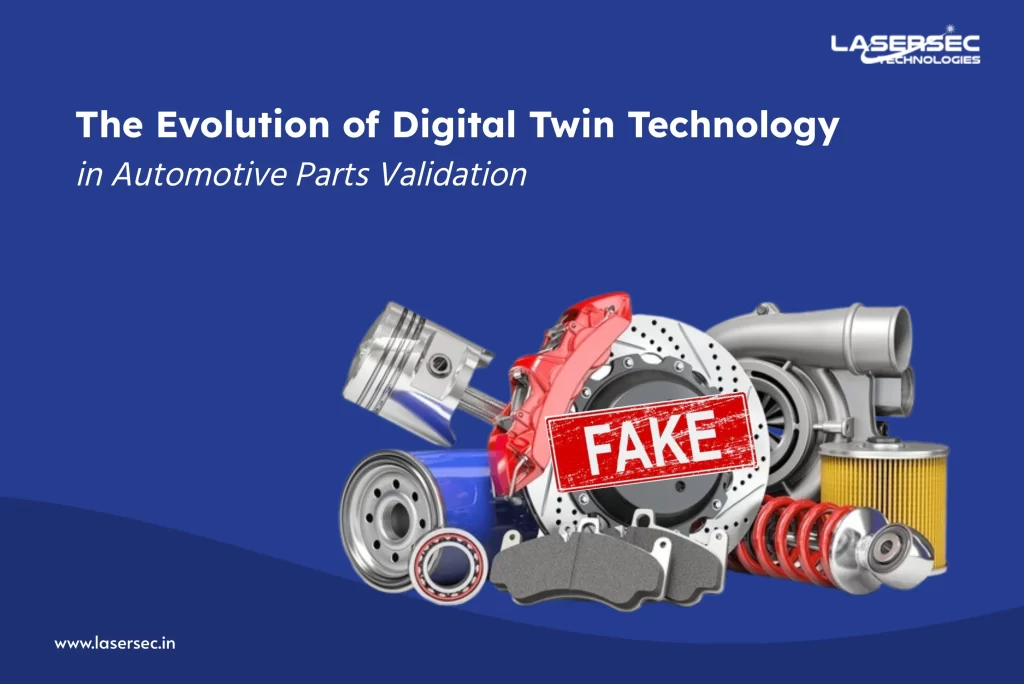
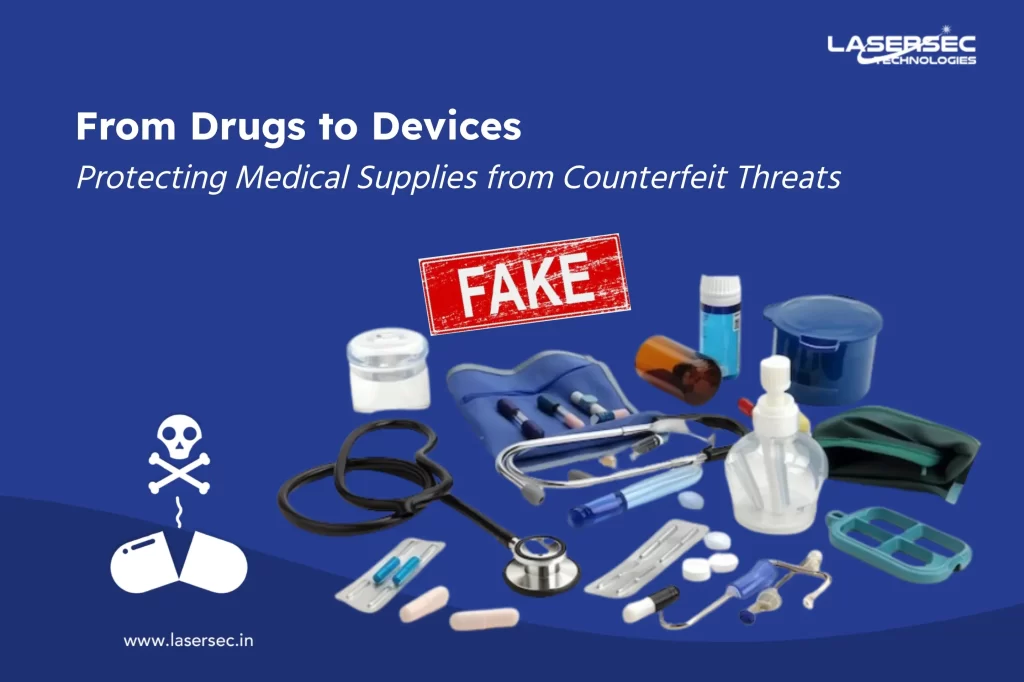
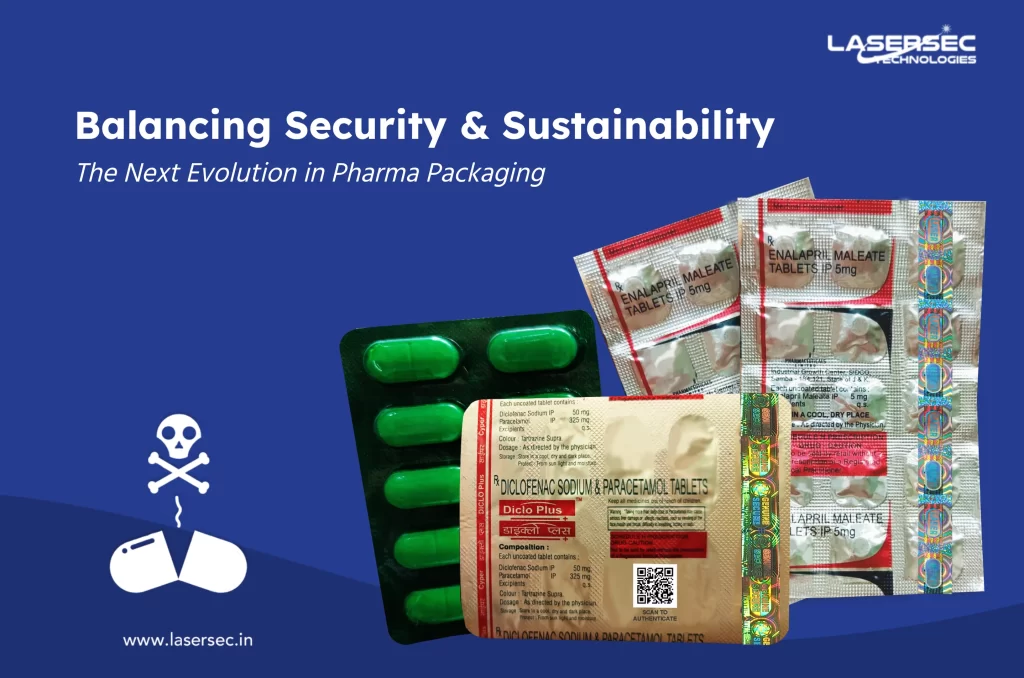
 Ready to explore eco-conscious security foils?
Ready to explore eco-conscious security foils? 